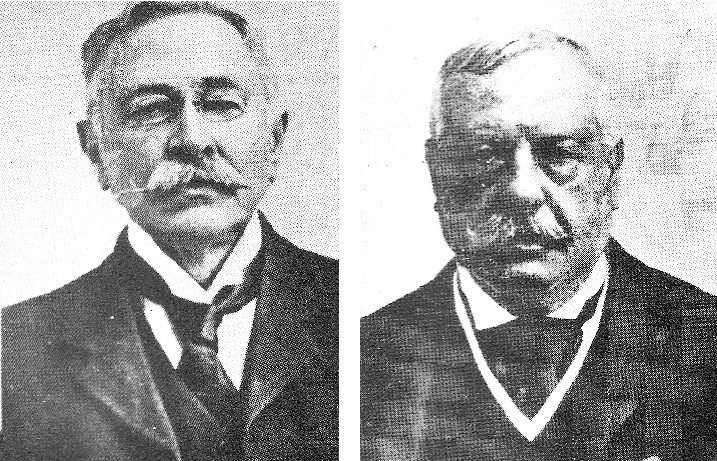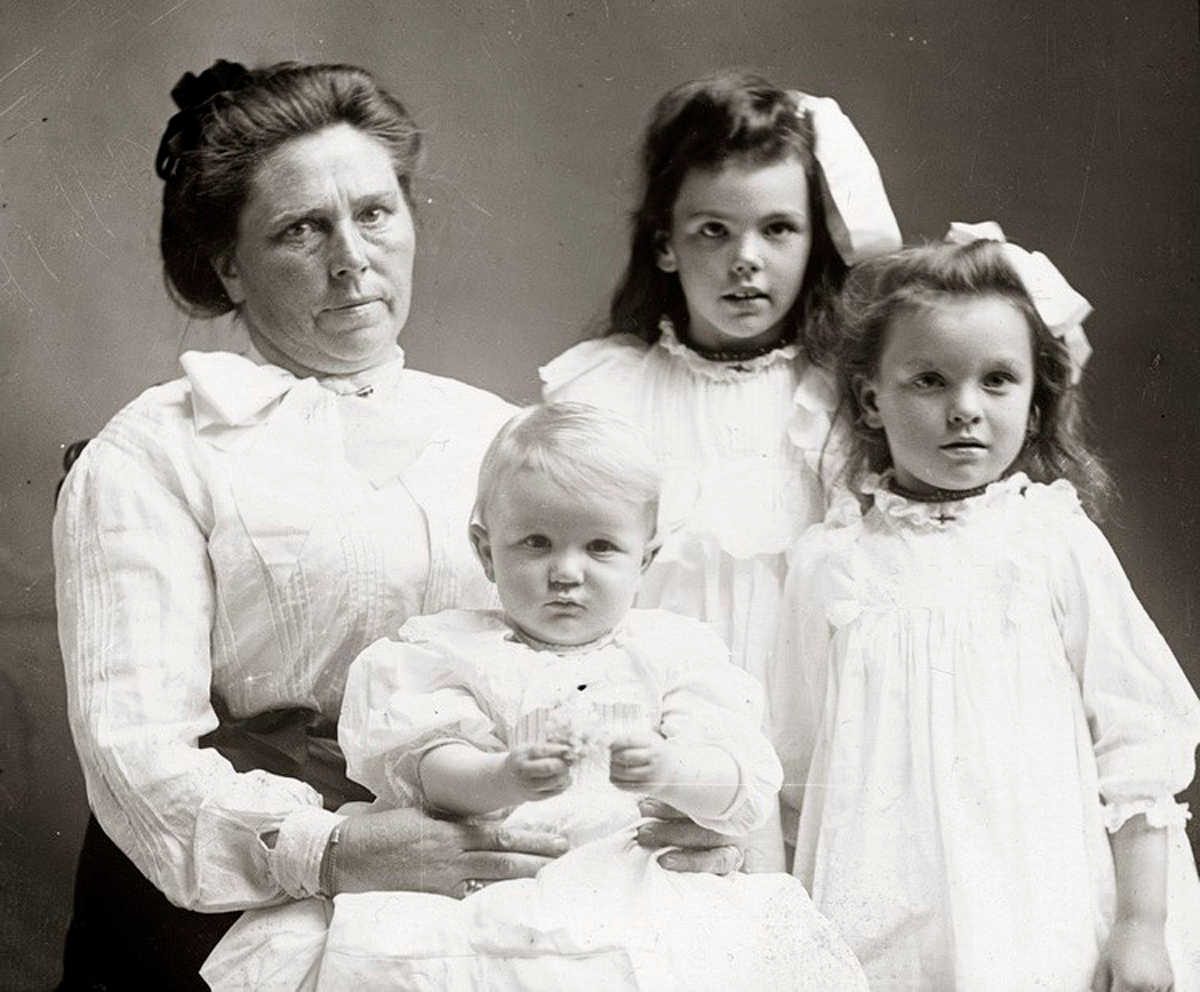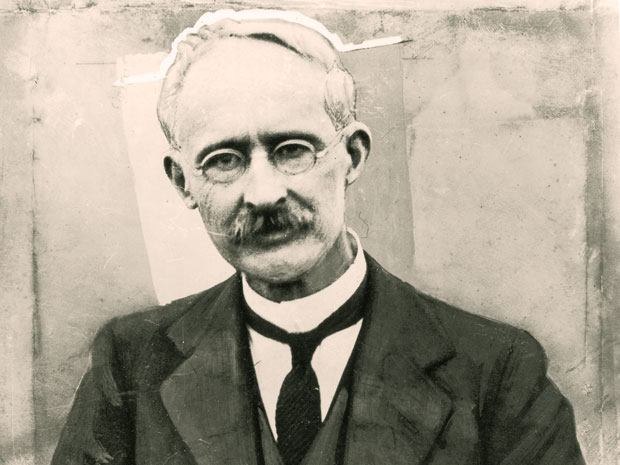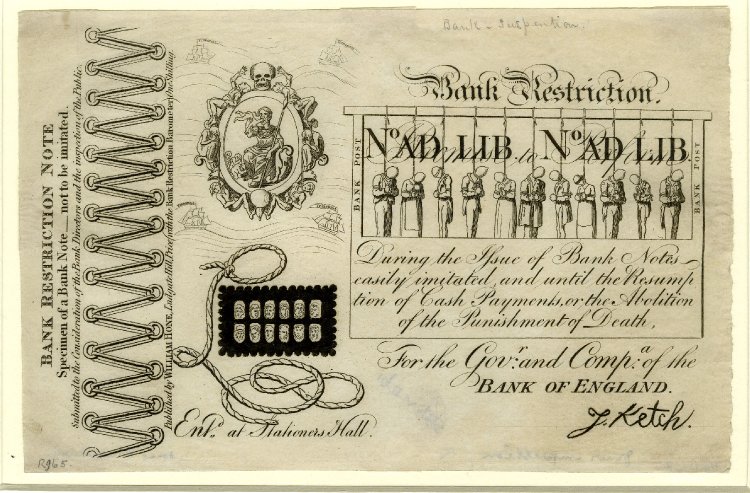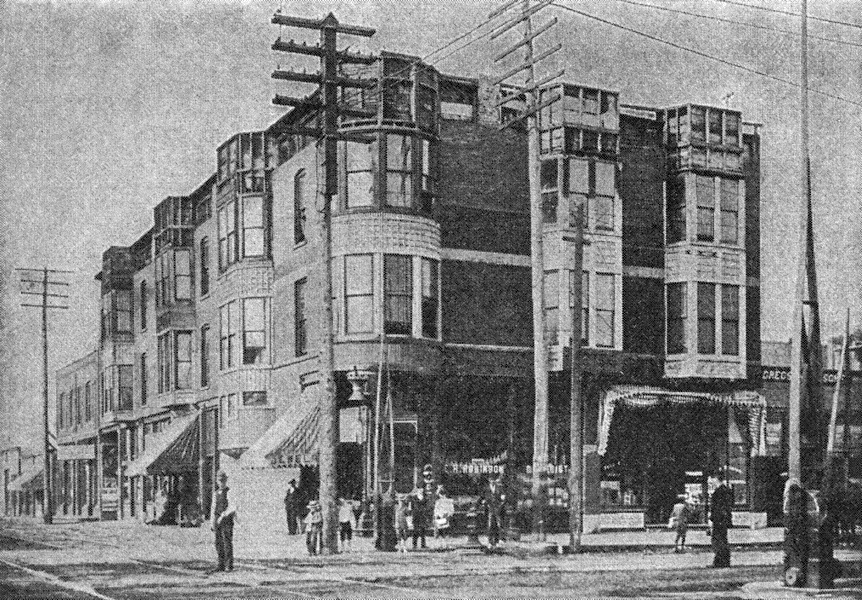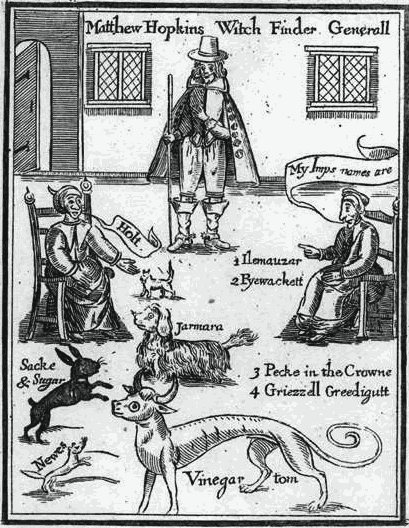
“Witchfinder general” Matthew Hopkins hanged 300 women during the English Civil War, accounting for perhaps 60 percent of all executions for witchcraft at that time. After days of starvation, sleep deprivation, and forced walking, the accused women produced some extraordinary confessions:
Elizabeth Clark, an old, one-legged beggar-woman, gave the names of her ‘imps’ as ‘Holt,’ a ‘white kitling;’ ‘Jarmara,’ a ‘fat spaniel’ without legs; ‘Sacke and Sugar,’ a ‘black rabbet;’ ‘Newes,’ a ‘polcat;’ and ‘Vinegar Tom,’ a greyhound with ox-head and horns. Another called her ‘imps’ ‘Ilemauzar’ (or ‘Elemauzer’), ‘Pyewackett,’ ‘Pecke in the Crowne,’ and ‘Griezzell Greedigutt.’
This proved their guilt, Hopkins said — these were names “which no mortal could invent.”

